Abortion, far beyond a word, a concept, is a decision to be made by each woman individually and without pressure of any kind. That is at least my opinion and I will defend it until my last breath.
However, as I am not an all-knowing being. I consider it necessary to have some context. So, that’s precisely where we’ll start.
Context
Abortion is defined as the interruption and premature termination of pregnancy naturally or voluntarily.
An abortion that occurs spontaneously is also known as a miscarriage and when deliberate steps are taken to terminate a pregnancy, it is called an induced abortion.
Unintended pregnancy and abortion are experiences shared by people around the world and occur regardless of a country’s income level, region, or the legal status of abortion.
Approximately 121 million unintended pregnancies occurred each year between 2015 and 2019.
The highest unintended pregnancy rates occur in countries that restrict access to abortion and the lowest in countries where abortion is broadly legal.
The situation in Latin America
It would seem that progress on the legalization of abortion in Latin America goes hand in hand with the feminist movement. Finally, it has been them, the members of the feminist movements, who have fought for this right.

Latin America is one of the continents with the highest abortion rate.
The Guttmacher Institute (a research and policy NGO that aims to improve sexual health and expand reproductive rights worldwide) states that in Latin America 44 women have abortions for every 1,000 women of reproductive age. However, it is one of the most dangerous regions for women who decide to terminate a pregnancy.
In the continent, five countries allow abortion, these are Argentina, Colombia, Cuba, México, and Uruguay.
At the beginning of 2021, Argentina passed its law to decriminalize abortion.
Argentina allows voluntary termination of pregnancy up to 14 weeks of gestation for all women over 16 years of age. If the pregnancy is the result of rape, minors under the age of 13 do not need to make an affidavit before a court.
As with everything, many factors helped this approval to happen.
An example of this is that in 2016 a report by the Directorate of Statistics and Health Information expressed that 43 deaths of women in 2016 were a consequence of abortion. This meant that it was the leading cause of maternal mortality in the country according to officials and different media.
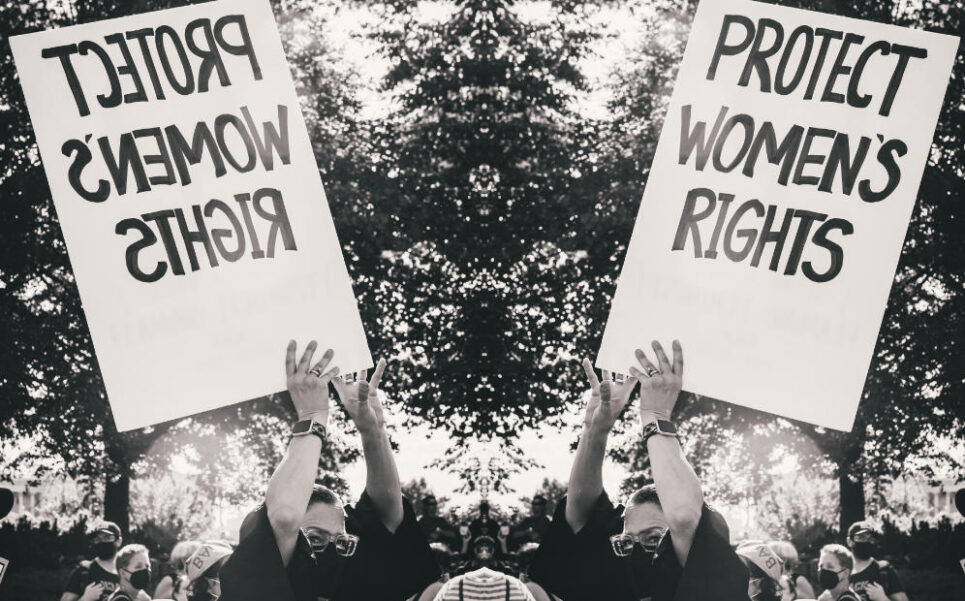
Switching countries, now it’s Colombia’s turn. On February 21, 2022, that country joined this decriminalization. The Constitutional Court specified that abortion is allowed up to 24 weeks of gestation (six months).
In Colombia, this issue has also had a long way to go.
Abortion was decriminalized in 2006, on only three grounds. These causes were: when there is a danger to the physical or mental health of the woman when the fetus has a malformation that makes its extrauterine life unviable, and in case of rape, fertilized egg transfer, or non-consensual artificial insemination.
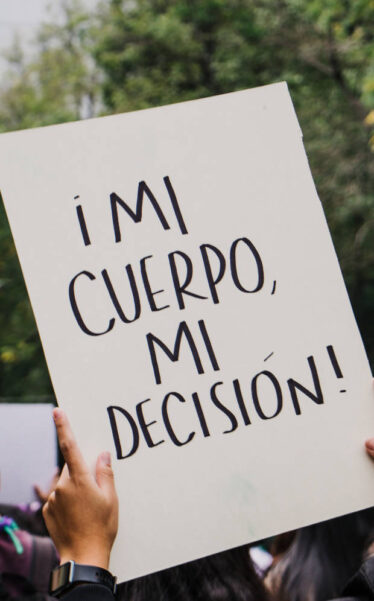
Abortion in Cuba has been free and legal since 1961 and has been performed in the National Health System since 1965.
In 2009, 84724 abortions were reported in Cuba. In 2014, Dr. Sosa Marín, from the National Commission for Family Planning stated that the right to have an abortion belongs to women and their partners.
Abortion in Brazil is a crime, with penalties of 1 to 3 years of imprisonment for the pregnant woman and 1 to 4 years of imprisonment for the doctor. There are only three circumstances in which it is not punishable: in cases of risk to a woman’s life; when the pregnancy is the result of rape; and if the fetus is anencephalic.
It is necessary to take into account that Paraguay, Venezuela, Guatemala, Peru, and Costa Rica have some of the most restrictive legislations and only decriminalize abortion in case the life or health of the pregnant woman is in danger.
Abortion in Paraguay is illegal except in case of a threat to the life of the woman. Anyone who performs an abortion can be sentenced to 15 to 30 months in prison.
In Ecuador, abortion is on three grounds: threat to the life or health of the woman, unviability of the fetus, and rape of the woman.
Depends on the conditions
There are nine Latin American countries whose legislation states that abortion is only unpunishable under a series of assumptions. For example, if the life of the pregnant woman is in danger, if the life of the fetus is unviable, or if the pregnancy is the result of rape.
The single most repeated assumption for the performance of an abortion is if the woman’s life is in danger. This is included in the penal codes of Costa Rica (art. 121), Guatemala (art. 137), Paraguay (art. 352), Peru (art. 119) and Venezuela (art. 435).

In addition, if the life of the pregnant person is in danger, Bolivia (art. 266), Brazil (art. 128), Chile (law on termination of pregnancy), and Panama (art. 144) allow abortion if the pregnancy is the result of rape or if the life of the fetus is not viable. Ecuador restricts the right to abortion for rape only to persons with a mental disability (art. 150) and does not include the right to do so if the life of the fetus is not viable.
In Bolivia, abortion is criminalized for both the pregnant woman and the person who performs it. Clandestine abortion is the third leading cause of maternal death in the country.
In any case, five Latin American countries prohibit abortion under any circumstances. These are El Salvador (art. 133), Haiti (art. 262), Honduras (articles 126 – 132), Nicaragua (art. 143), and the Dominican Republic (articles 317 – 318).
The situation in Haiti is quite worrying. In Haiti, 529 women die for every 100,000 births, most of them as a result of unsafe abortions. This is three times higher than in Guatemala, six times higher than in Nicaragua, and 17 times higher than in Cuba.
The situation in China and the U.S.A.
China has been pursuing restrictive reproductive policies for decades to control its birth rate, using abortion and contraception to enforce its one-child policy. These measures have led to the country’s lowest birth rate since 1960.

China violates human rights both by limiting the number of children a woman wants to have and by limiting access to abortion.
China was one of the first developing countries to legalize abortion and make it easily accessible in the 1950s.
The abortion rate in China remained relatively low into the early 1960s. By 1975, nearly doubled. At this moment, China now has one of the highest abortion rates in the world.
In 2015, approximately 13 million abortions were performed annually. In 2020, the number of abortions in China was just under 9 million.
On the other hand, in the United States of America, abortion has changed significantly. Before 2022 abortion was legal in all U.S. states, and every state had at least one abortion clinic.
That being said, the laws on abortion vary in each state. Furthermore, 13 states have criminal penalties for performing abortions, regardless of gestational age.
In the case of Texas, the situation is tricky. After decades of decriminalization, a law has come into force that prohibits abortion after 6 weeks of gestation. This measure constitutes a step backward in the right to abortion, forcing women to become aware of their pregnancy and make a decision in too short a period.
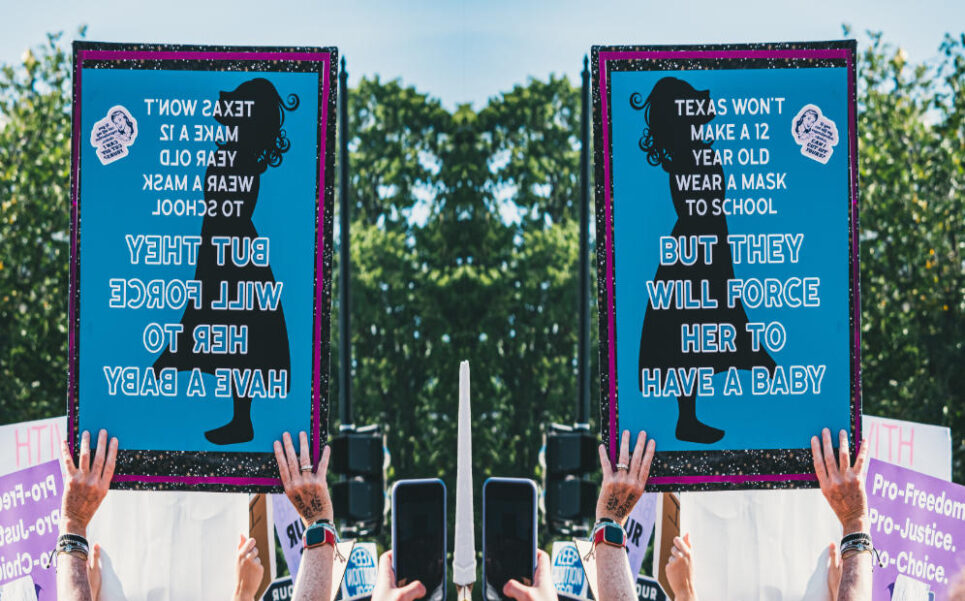
So, it is illegal in most cases. What happened in more detail is the following: on September 1, 2021, abortion became illegal in cases where cardiac activity could be detected. Before this, elective abortions were allowed up to 20 weeks post-fertilization.
Furthermore, anyone who aids an illegal abortion in Texas can be sued for wrongful death.
Less analysis of the situation in some states. In Alabama, performing an abortion is a Class A felony punishable by imprisonment for at least 10 years up to 99 years of life. In Idaho, an abortion is a felony punishable by imprisonment for not less than 2 and not more than 5 years and/or a maximum fine of $5,000. In Louisiana, it is punishable by imprisonment for not less than one year and not more than ten years and/or a fine of not less than $10,000 or more than $100,000.
As of 2023, California, Michigan, and Vermont are the only U.S. states to have explicit rights to abortion in their state constitutions. Other states like Kansa or Montana have implicit rights to abortion subject to a judicial review. The state constitutions of Alabama, Louisiana, Tennessee, and West Virginia explicitly contain no right to an abortion.
In Europe
It is estimated that 95% of European women of reproductive age live in countries that allow abortions as an elective procedure or for broad social and economic reasons.
In most European countries, abortion is permitted.
Sweden was the first liberal democracy in Europe to legalize abortion, in 1938. Then, in 1939, Denmark followed, Finland in 1950, and Norway in 1964.
Grounds for abortion are highly restricted in Poland, Monaco, Liechtenstein, and the Faroe Islands.
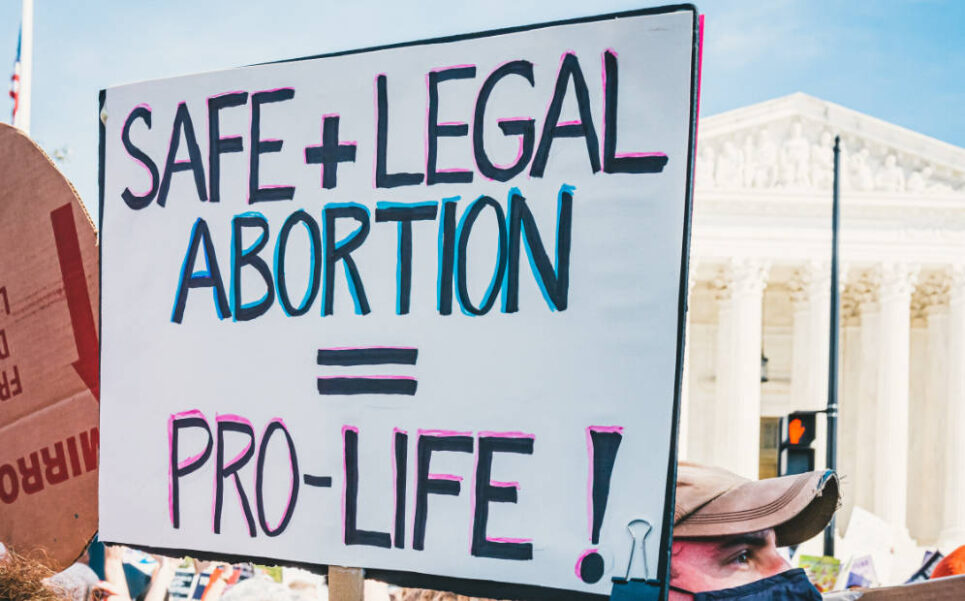
Abortion in Liechtenstein is illegal in most circumstances with limited exceptions in cases where the life of the pregnant woman is at risk, or where the pregnancy has resulted from a sexual offense. It is estimated that in 2011, approximately 50 women a year had abortions, either illegally in Liechtenstein or abroad in either Switzerland or Austria.
Abortion in Germany is illegal, but not punishable during the first 12 weeks of pregnancy under the condition of mandatory counseling. Doctors provide medication to cause the abortion and observe to ensure there are no negative reactions to the medication.
Abortion is illegal under Section 218 of the German criminal code, and punishable by up to three years in prison.
Ending for the time being
Sex starts at a very young age and many factors can influence abortion rates.
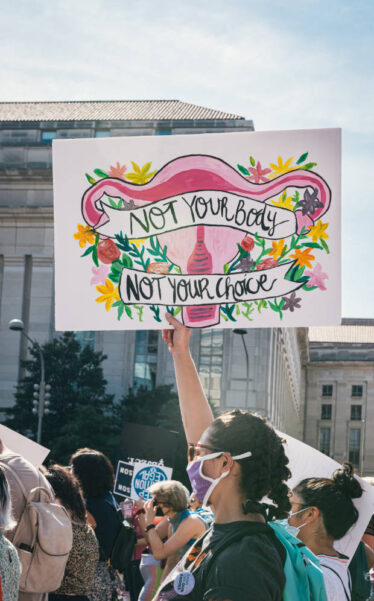
But beyond whether young people are having sex early, whether there is rape, or whatever the reason, I believe abortion is too sensitive and profound an issue to overlook.
The decision to have an abortion is a personal one, and frankly, many women who post online want to keep it that way.
Access to safe abortion is a right that every woman, girl, or person who may become pregnant should have. Its suppression results in the violation of multiple rights such as the right to life, health, privacy, autonomy, and freedom from violence and discrimination.
Let’s be honest, it is the woman who becomes pregnant, it is in our body that grows another human being, not in the body of a man. So, my question is: why are they the ones who decide about a woman’s body? Because it is men who have the power to decide whether a woman who has been raped or a woman who simply does not want or does not feel ready to have a child should have one? For this reason, women’s right to decide about their pregnancy is part of the political and social debate.


